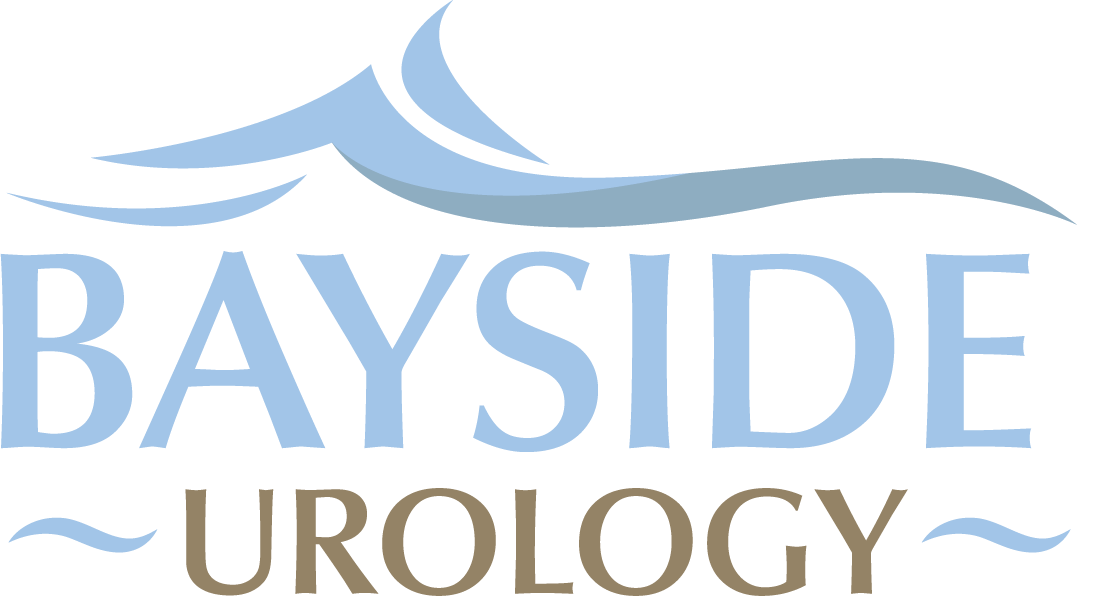GreenLight Laser Prostatectomy
Reason for doing a GreenLight Laser Prostatectomy
This operation is required for men that have difficulty with water work function as a result of an enlarged prostate.
What is a GreenLight Laser Prostatectomy
GreenLight laser prostatectomy is an alternative surgical treatment to TURP. Laser technology for treating enlarged prostates has been around for some time, however, this approach has only been offered in major metropolitan centres until recently. The availability of GreenLight laser in this region 6 years ago represents a critical milestone in the provision of minimally invasive surgical treatments for disease in the Redlands.
The techniques results in outcomes that are at least as good when compared to a traditional TURP, however there are some significant advantages to using laser energy. These advantages translate into shorter hospital stays (usually overnight or day only), reduction in catheter duration (typically less than 24 hrs compared with 2-3 days) and a reduction in bleeding complications and transfusion rates. this technique can be used in prostates too large for traditional TURP (over 100cc) and in patients on anticoagulation. If completely avoids the complications associated with TURP fluid absorption.
What occurs during the operation
The GreenLight Laser Prostate Vaporisation is performed under general or spinal anaesthetic. A laser beam is used to vaporise the prostate tissue. The laser treatment is delivered through a thin, flexible fibre, which is inserted into the urethra through an instrument called a cystoscope.
What to expect post operatively
After the operation a catheter is often left in place, to drain away urine. Irrigating fluid will be run through the catheter to clear away any blood from the site of the operation and usually runs for 2 hours before it is removed.
After going home
- Complete healing will take up to 6 weeks. It is important to keep up a good fluid intake, aim to drink about 2.5L of fluid a day to flush your bladder out.
- Rest for 2-3 days. Keep physical activity to normal levels, avoiding exertion. Short walks are safe.
- Do not engage in activities requiring heavy lifting, gardening, bicycling, golf (putting and chipping okay, no driving ) etc. for 3-4 weeks.
- Sexual activity can be resumed after 4 weeks, providing this is comfortable.
- You may experience mild discomfort such as burning and stinging during urination and small amounts of blood in your urine for a week or so. You may take a urinary alkaliser e.g.. Ural to help with burning pain when passing urine.
- The urge and frequency to urinate may increase after surgery however this should resolve in 2-3 weeks.
Potential Complications
- Although this is a safe and very common urological operation, there are several complications that are possible. There are general complications that are possible with any form of surgery and there are those that are specific to this particular operation itself.
- The most common minor side effects associated with this treatment include transient irritative symptoms such as urgency, nocturia and frequency. These are more likely if you have had these symptoms predominately prior to your treatment.
- Small amounts of blood in the urine (haematuria) is also possible and is usually self limiting.
- Infections are rare but when they do occur can be diagnosed with a simple urine test and treated with a course of oral antibiotics.
If you experience any post operative complications please contact Dr Hadley’s office on 31637400 and for after hours please follow the prompts.
Post operative appointment
Dr Hadley will catch up with you in his rooms at your post op appointment to discuss his findings. This appointment should have already been made for you at the time of booking your procedure date.
© Copyright 2020 | All Rights Reserved | Bayside Urology





